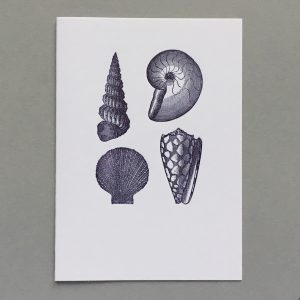Phrenology heads
Phrenology taught that particular human characteristics and qualities were connected to different parts of the skull. The Skull was split into 33 named Phenological ‘organs’ which all came under the subcategories of 1- propensities, eg. secretiveness, constructiveness, adhesiveness(?) , 2- sentiments, eg. self esteem, benevolence, ideality & wonder 3- intellect, eg. Order, weight, time, form & individuality.
Some According to their prominence, these ‘organs’ could thus reveal the intellectual and emotional faculties of any individual.
The theory was founded in late 18th century Germany and became very popular in Britain in the early 19th century. George Combe brought the theory to the British middle classes, selling thousands of copies of his books. Modern scientists now classify phrenology, like physiognomy, as a pseudo-science.
Royal College of Physicians and Surgeons Of Glasgow
The Royal College of Physicians and Surgeons of Glasgow has been Scotland’s foremost representative body for surgeons, doctors and dentists since 1599. Over four hundred years the College has accumulated a fascinating and often macabre collection of medical memorabilia, artefacts and instruments. Among the most treasured texts are a first edition of Vesalius’ landmark 1543 anatomy text, ‘De Humani Corporis Fabrica’, and a rare copy of Bartisch’s 1583 ‘Ophthalmodouleia’ with moveable flaps, called fugitive sheets, to provide a detailed anatomical study of the eye.






